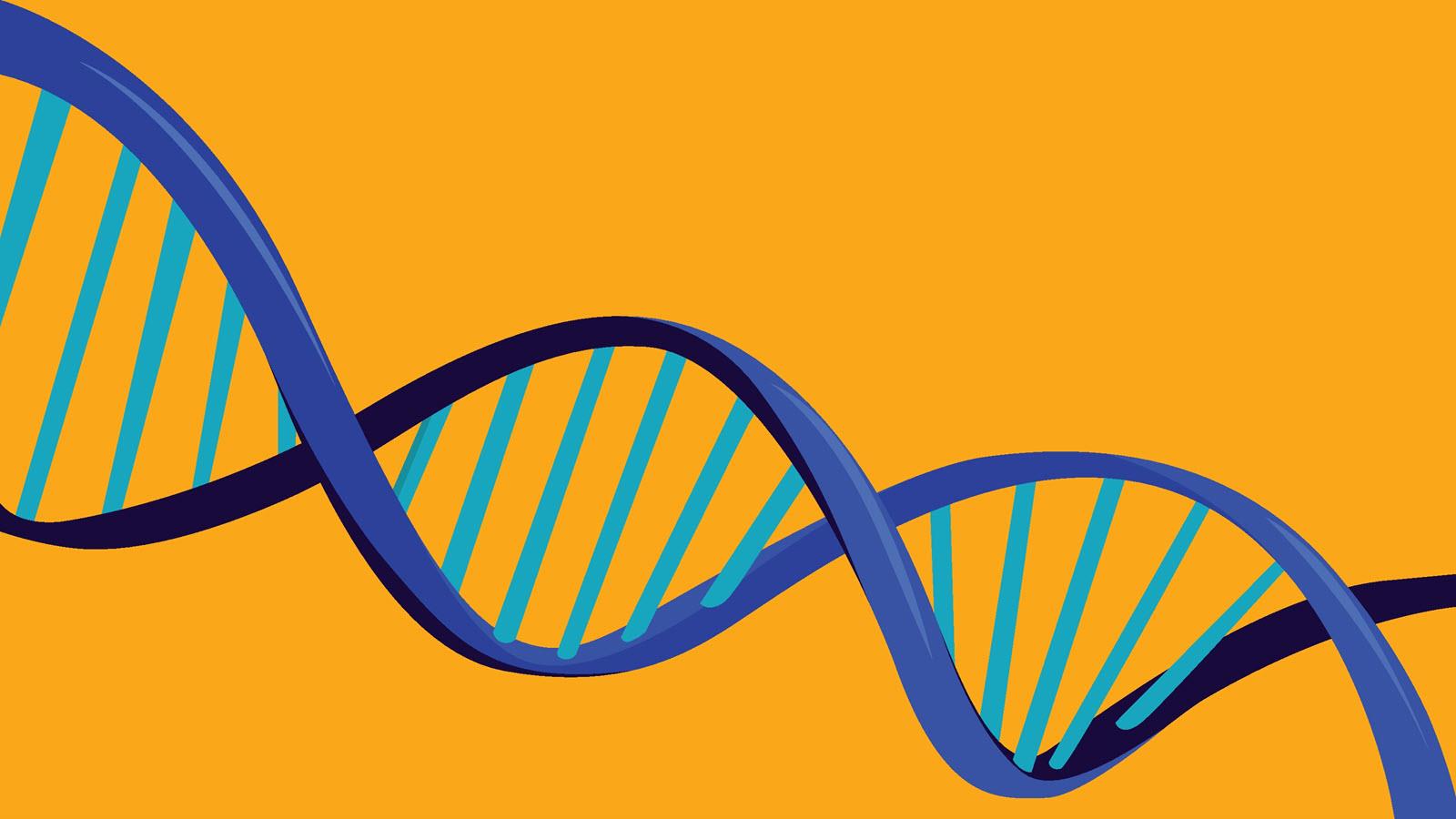You might already know that DNA determines what color your eyes are and whether you’ll be tall or short. But DNA, the blueprint of life, goes much further than just physical characteristics.
All of the many variations in humans – including the ways complicated body systems work – come down to DNA, short for deoxyribonucleic acid. DNA gets passed down from mothers and fathers to children, which is why we say some traits and medical conditions are genetic. In the human story across the globe, DNA keeps mixing to form new combinations.
For researchers, the growing understanding of DNA and the human genome ushered in a new era.
“The discovery of the DNA was a huge step in scientific human history,” said Maria Crespo, Director of Bioprocess Development at CSL Behring. “Like a library, all information required for an entire living organism is condensed in this code, the ‘DNA language,’ within each cell. The ability to read and understand this code has opened up the door for today’s medicine and its potential offers new scientific implications still to unravel.”
Here are ten facts to help grow your understanding of what DNA is and why it’s at the center of fast-advancing medical research.
- The National Human Genome Project describes DNA this way: DNA is a chemical compound that contains the genetic instructions needed to develop and direct the activities of every organism. But sometimes those instructions contain errors, which can result in genetic conditions and diseases. In a genetic condition like hemophilia, the body either doesn’t produce clotting factor or it doesn’t work the way it should to prevent excessive bleeding.
- DNA is too small to see without a powerful microscope and yet it’s in every one of the billions of cells that make up a human body. In the nucleus of every cell, you’ll find chromosomes and genes, which are made of DNA.
- In illustrations, a DNA molecule is shown as a double helix, even in texting emoji. That represents its structure: two strands that wind around each other like a twisted ladder.On April 25, 1953, James Watson and Francis Crick, working from crucial images taken by Rosalind Franklin, published research describing the double helix structure of DNA.
- To mark decades of DNA discovery, every year on April 25, the National Human Genome Research Institute celebrates DNA Day. Events reflect on milestones and highlight the latest advances in genetic research.
- In 2003, the Human Genome Project published the first-ever sequence of a human genome, the first time scientists had ever put together the human blueprint.
However, about 8 percent of the genome remained unsequenced until this year. Recently, members of the Telomere-to-Telomere Consortium published a version of the human genome that includes that last missing eight percent. The new data includes information on more than 2 million new genetic variants, including hundreds believed to be medically relevant.
- Companies, including global biotech leader CSL, are actively researching potential gene therapy treatments. CSL Behring has acquired global rights to commercialize an adeno-associated virus (AAV)-based gene therapy for hemophilia B developed and being tested by uniQure.
- In 2007, scientists identified “vectors” as the best vehicles for delivering new genes into cells. Therapeutic vectors being used in research are commonly made from adeno-associated viruses (AAVs). Currently, there are more than 250 AAV-based clinical trials underway across a variety of conditions.
- Thanks to DNA advances, consumers can buy inexpensive services like 23andMe that use saliva samples to provide information about ancestry and family trees. (It’s called “23AndMe” because of the 23 pairs of chromosomes in every cell.)
- In medical care, doctors can request genetic sequencing to help guide potential treatment. Our expanded knowledge of genetics, and the ability to sequence anyone’s genome, led to precision medicine, treatments that can be tailored to a person’s genetic makeup.
- The U.S. National Institutes of Health’s All of Us project is attempting to gather whole-genome data for one million Americans to counter a persistent lack of diversity in medical research. The project just announced the release of its first 100,000 genomes, with more on the way.



